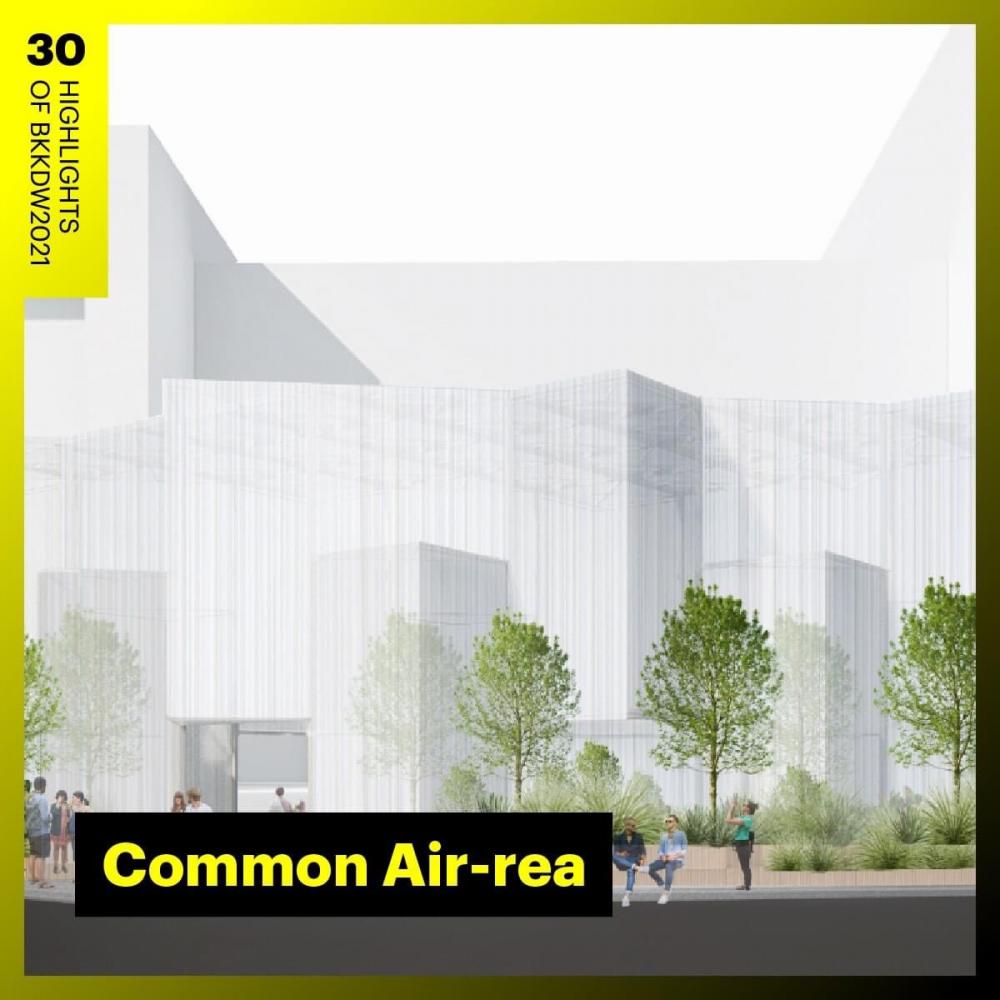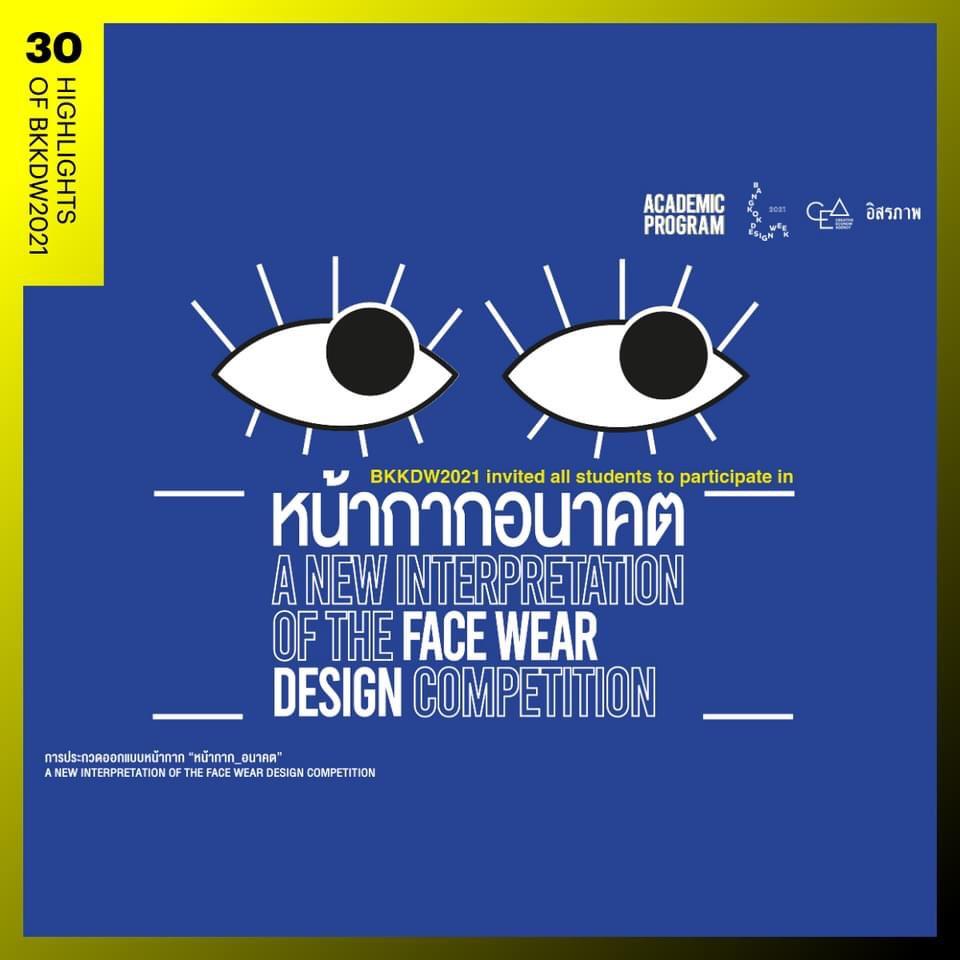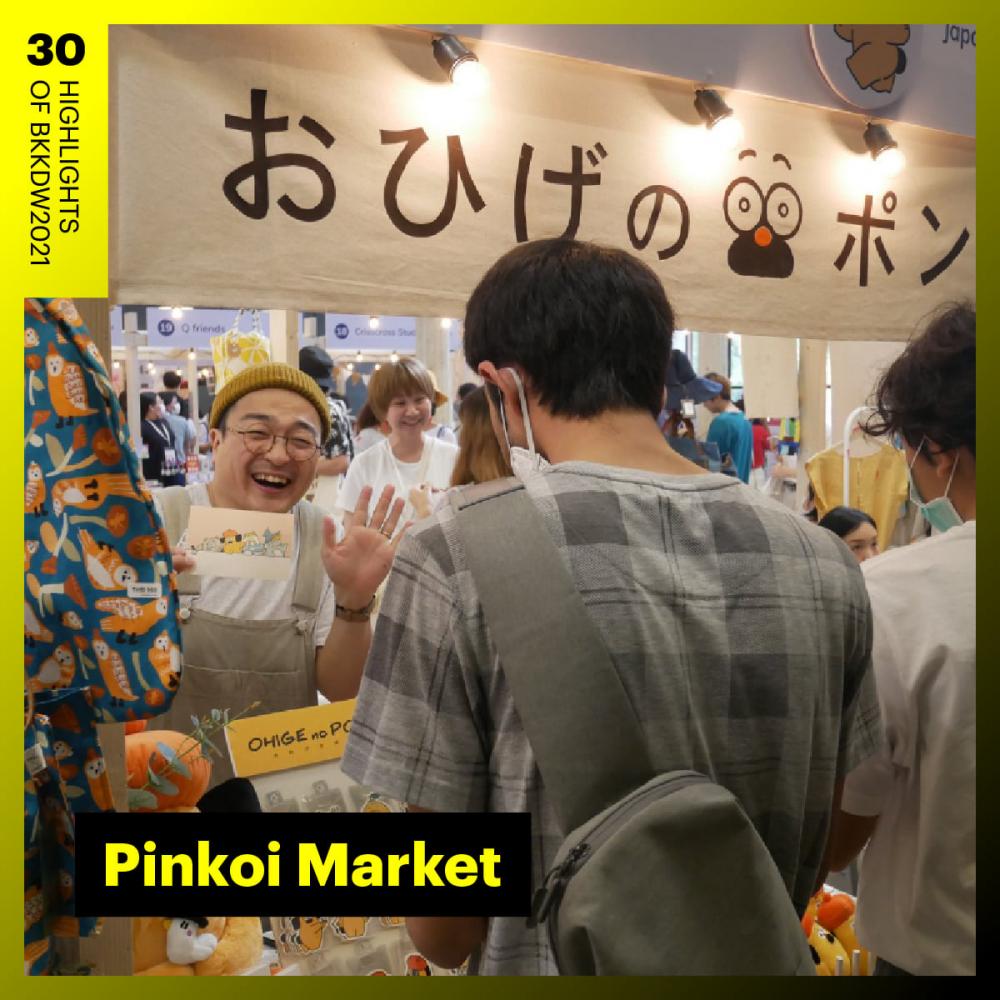Despite the third wave of the pandemic hitting Thailand hard, Bangkok Design Week 2021 (BKKDW) has returned with the theme of "Resurgence Of Possibilities".
Director of Creative City Development at CEA, Montinee Yongvikul, said choosing this theme for design week -- which starts on Saturday and runs until July 31 -- was to send an encouraging message to the creative and design industry which has been hard hit by the public health crisis.
"We would like to create an atmosphere where creators and visitors are ready to adjust. This year, we have faced air pollution and the pandemic. Therefore, the theme 'Resurgence Of Possibilities' was chosen to encourage people to look forward and explore new opportunities and possibilities in a crisis to overcome and grow in the future," said Montinee.
Due to the Covid-19 outbreak, many places in Bangkok are closed including galleries and exhibition centres. So the BKKDW has rearranged its schedules. The events this month will focus on online activities such as livestreaming talks and performances with most on-site activities moved to July.
In light of BKKDW's return, Life spoke with Montinee about the event and how BKKDW has adjusted to cope with the situation.

'Common Air-rea' is an innovation to improve air quality in public spaces.
Is there any activity that has been cancelled?
The lighting installation at Talad Noi, our main highlight, has been cancelled because there were many entrances and we would be unable to control the number of visitors. This year, we planned to arrange the lighting installation in a new area around Hua Lamphong to Maha Phruttharam Road. We wanted visitors to explore a new area and creators to see the potential.
Another cancelled activity was a market located in front of the Central Post Office. However, we have collaborated with the Taiwanese platform Pinkoi, and all products will still be sold online via facebook.com/PinkoiThai.
What are this year's highlights?
The 'Common Air-rea' is an innovative space to improve the air quality in public spaces. We will use an air purifier at a pavilion in front of the Central Post Office building. We used a solar module to create an electric charge in order to filter dust in the air. It is a prototype of a solar dust collector which was previously tested in a closed area and we wanted to experiment in a public space at BKKDW. If this innovation works, it will be put to use in other public spaces such as bus stops. Even though it cannot collect all the dust, it can improve the quality of life.
Meanwhile, the academic programme 'A New Interpretation Of Face Wear Design Competition', was also organised amongst university students. The competitors designed masks and consulted with their mentors, all professional designers, to improve their prototypes. It is interesting to see the innovative masks designed by aspiring creators.
The next highlight is showcases located in four districts -- Charoen Krung-Songwad, Samyan, Thong Lor-Ekkamai and Ari-Pradipat. Many restaurants are located in the Ari neighbourhood, so creators there set up a waste sorting system to separate rubbish from restaurants and tried to work the system out with other restaurant owners.

One of Bangkok Design Week's highlights is a face mask design competition.
Can you tell us more about 'Design Research Day'?
Many people do not know that designers and creators use research information to design projects or items. Most of this research is conducted by people in educational institutions but we do not want to limit research to only there. Thus, 'Design Research Day' is an opportunity for everyone to submit their research. Eleven selected creators from various fields will be given 20 minutes each to talk about their design and research pieces. Some of the interesting projects include waterless dyed fabric and the trend of an ageing society.
How have districts expanded the use of creative ideas?
When we use creative ideas to develop a district, people will see that creativity is not only about beautiful designs. Through creative ideas, people can see the potential of an abandoned area that can be turned into a showcase area. A single idea can help make the city more liveable. For example, to make a small area green, creators can adapt the ideas of pocket parks or vertical gardens. A creative district helps people sell their products during the event which in turn creates a feeling of pride. The scale of using creativity is also larger.
Apart from the four creative districts, are there any other places that have the potential to become a new creative district in the future?
In order to develop an area to become a creative district, it must have a population of creative people. For example, many design studios are located in Thong Lor, Pradipat is a centre of interior design, and Ari is an area for food and cafés. I also believe the old town areas which include Phra Nakhon, Bang Lamphu and Rattanakosin can be new creative districts since they have great architectural assets and history. The new generation there can try to build hype in the area. Last year, the exhibition 'New World Old Town' was arranged at an abandoned department store. Hotels and art hotel owners also wanted to have an event there, so this area has the potential to become a new creative district.

Charoen Krung is one of four creative districts this year.
Bangkok was chosen as a Creative City in the design category by Unesco's Creative Cities Network in 2019. What are the strengths and weaknesses of Bangkok as a design city?
Like other big cities in the world, Bangkok is diverse with various kinds of people who bring new perspectives and creativity based on knowledge in different fields such as architecture. It is a centre of creators, however, due to that diversity, it is difficult to manage because people in each area have different perspectives. We need time to co-operate and learn how to develop new things together.
How has Covid-19 affected designers and creators?
It is an economic chain effect. Consumer demand has declined because people are not going out to shop as often. Some companies have to temporarily go out of business, cut salaries, or even stop paying employees. Hence, producers are not releasing new products or promotional campaigns and not arranging events. This is then affecting graphic designers, interior designers and other creators who are part of this process.
What are your expectations for this BKKDW?
BKKDW is a tool to explore and develop creative districts in order to create new investments in that area. We want to be a platform to support designers and creators, so they will have an opportunity to sell products or be hired in the future. As a platform, we have to work on online activities. In addition to Pinkoi Market, we have also discussed with Lazada to sell creative products online. We are trying out best to help entrepreneurs as much as possible and hope it will bring good results.
Visit bangkokdesignweek.com and facebook.com/BangkokDesignWeek for schedules and activity details.

Pinkoi Market has moved online.

